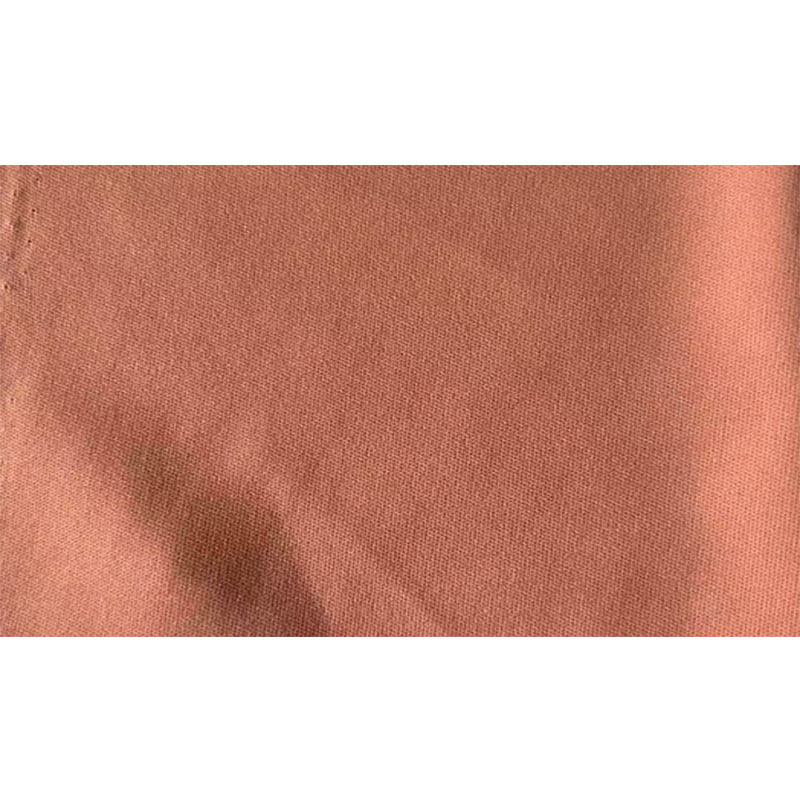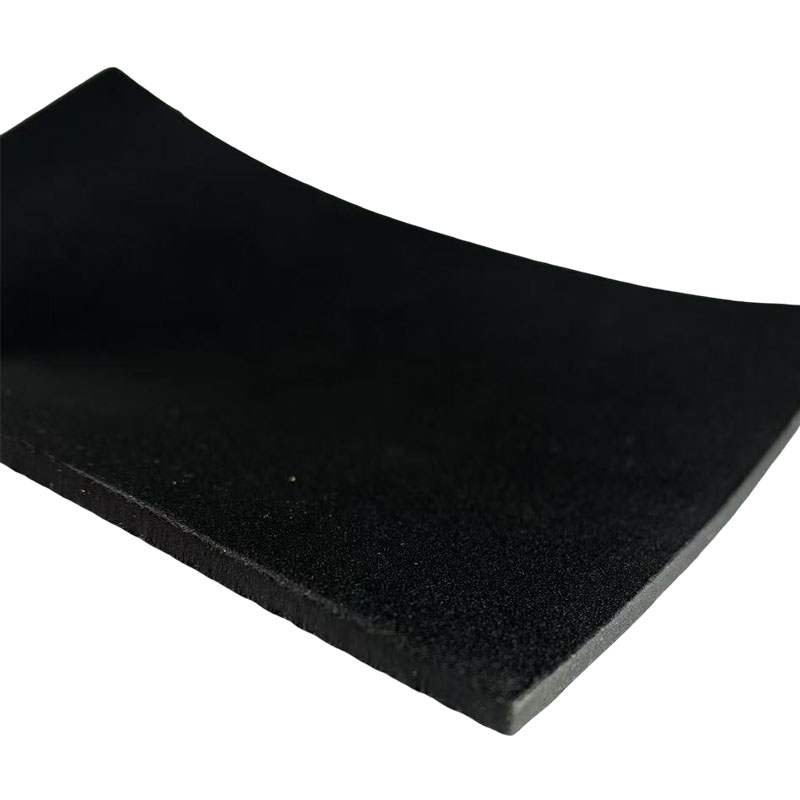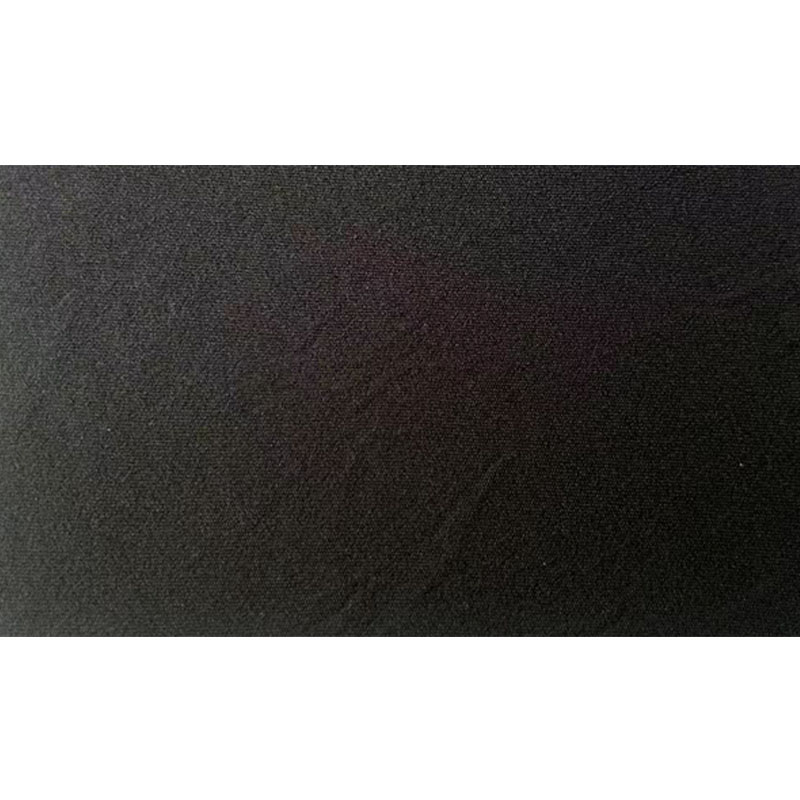From a technological perspective, the way SBR is combined with ordinary accumulation cloth also affects the final performance of flexibility.
- +86-13588226638
- 723629350@qq.com
- No. 103-1 Gaowan, Lingxi Village, Banqiao Town, Lin'an District, Hangzhou City, Zhejiang Province







